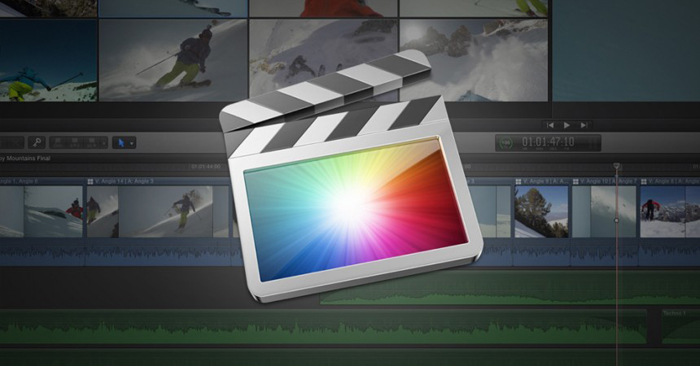
Timecode Overlays, Slipping and Match Framing in FCPX
Timecode overlays, slipping and match framing are nothing new but we found three tutorials that show how to easily use them in FCPX.
For any video editor, knowing techniques that streamline your process saves you time and money. While the tips below aren’t exclusive to FCPX, they are fundamental to the video editing process. With that said, we’ll turn it over to Janet Dalton at Manhattan Edit Workshop who has created three tutorials that demonstrate video editing principles: using a timecode overlay, slipping a clip and then matching frames.
Timecode Overlay
We’ll start with the timecode overlay. Janet runs through the steps of adding timecode to your footage by way of the FCPX generator. Using timecode on footage comes in handy when logging clips or syncing captured video to separately recorded audio.
Slipping Footage
Next up, let’s a get a refresher on how to use the slip tool in FCPX. Slipping footage is a video editing fundamental, but it’s often underutilized.
For help with slipping footage in Premiere Pro check out our article by Clay Asbury. If you’re an Avid user check out this step-by-step guide from Steve’s Digicam.
Matching Frames
Finally, we’ll take a look at matching frames. This technique allows ease of use when working with long takes or interviews. It’s also a great way to keep your project organized. Here’s how to execute it in Final Cut Pro X:
If you’re looking for help on how to do this in Premiere Pro check out our article by Caleb Ward. For Avid users, here is a handy tutorial by Solid Line Media.
Thanks for sharing these tutorials, Janet!
Hopefully these tips help you get your video editing workflow running quicker and smoother!





